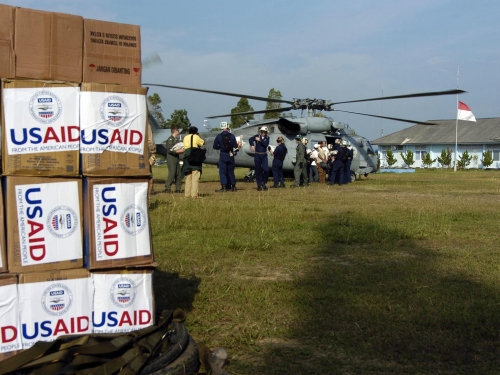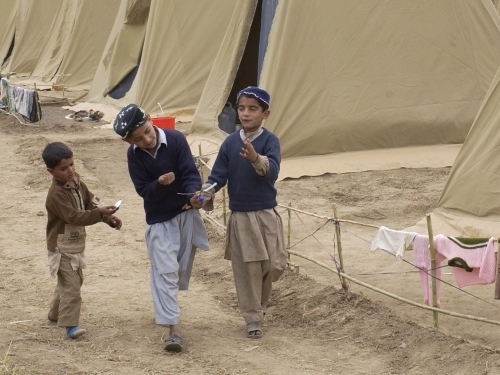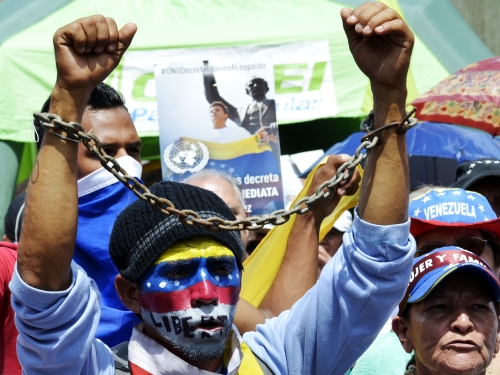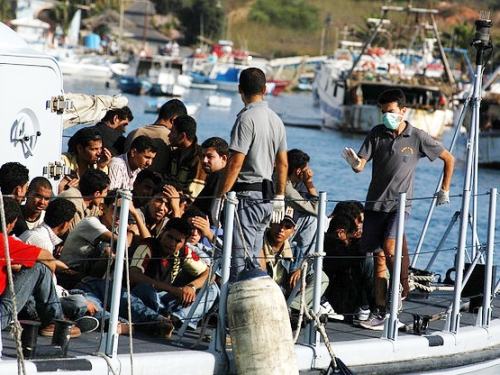
This article was originally published by Harvard International Review on 11 March, 2015.
Public opinion on United States foreign aid varies widely depending on who is being asked. However, one domestic opinion on the matter is clear: we spend too much on foreign aid. In a 2013 poll conducted by the Pew Research Center, the majority of Americans wanted to either maintain or increase spending for almost all US government initiatives. Foreign aid was the only exception. Facing a national debt of more than sixteen trillions while news of humanitarian initiatives in foreign nations proliferate, it is not surprising that so many Americans believe the US should be cutting back on foreign aid. However, much of this sentiment is based on an ongoing misconception — the majority of Americans believes the US government spends 28 percent of its federal budget on foreign aid. In reality, foreign aid accounts for only 0.7 percent. Military aid, which is accounted for separately, makes up another 0.5 percent.




